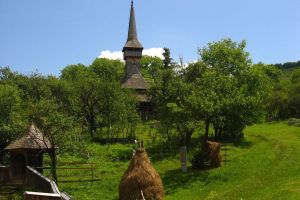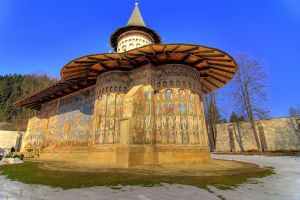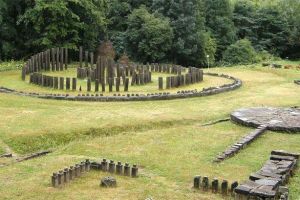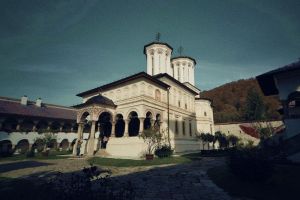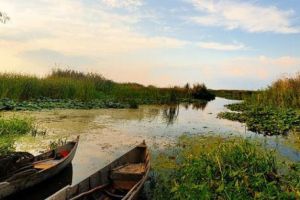
UNESCO Sites & Cultural Tours
Romania has 5 UNESCO sites strongly connected to our history and culture, and a 6th which is a natural wonder, the Danube Delta. Romanian culture has a strong rural background, with the simple, self-sustainable and conservative village life at its core. To learn about authentic culture, our history and local life, check out these tours:
Tour type:
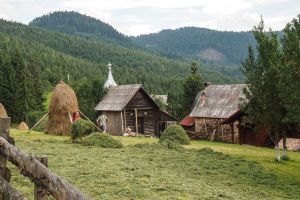
2 Day Hiking in Apuseni Natural Park: Culture & Local Life
Start from: Cluj-Napoca or Sibiu
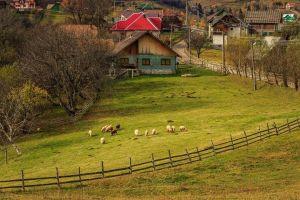
3-Day BEST of Transylvania Tour: Brasov, Sighisoara, Bran & Viscri
Start from: Bucharest
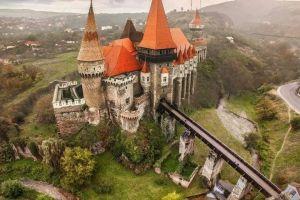
Corvin Castle and the Mystic Dacian Ruins at Sarmisegetusza
Start from: Timisoara
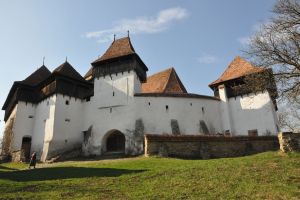
Transylvania Culture & History Day Trip: Viscri, Sighisoara & Rupea
Start from: Brasov
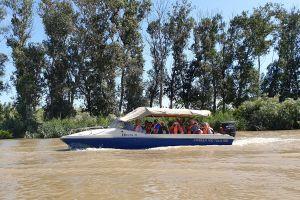
2-Day Danube Delta & Birdwatching Tour from Bucharest
Start from: Bucharest
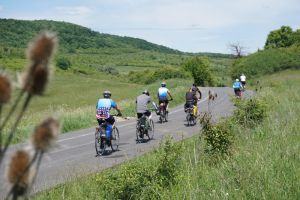
2-Day Transylvania Bike Trails Tour: Viscri & Saxon Villages
Start from: Brasov
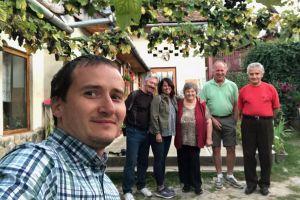
2025 Exclusive Romanian Experience [8-day, shared]
Start from: Bucharest

4-Day Danube Delta: Birds, Letea Village & Lakes [Group Trip]
Start from: Tulcea
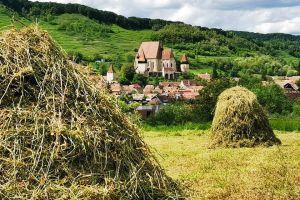
[1 or 2 Days] Life in Transylvania: Sighisoara Citadel & Saxon Villages
Start from: Sibiu

{{ activity.title }}
Start from: {{ activity.starting_point }}
Reviews about UNESCO Sites & Cultural Tours

SUCH a good tour. I went with Iancu, and he was the best. He really went above and beyond to make sure I had an experience that was tailored to exactly what I wanted. It was the perfect blend of tons of interesting information with just good, quality chats. Thanks for everything, Iancu!!

Our driver/guide Leo was exemplary in providing background details, translating the boat driver's commentary and explaining the local customs. The sand island tour into the forest was particularly interesting for we Australians have the largest sand island in the world, but despite different hemispheres and climates, the botanical parallels were obvious. A tour we highly recommend.

Our tour guide, Ioana, was great! She lives in the area and knows all the best places to go. We hiked to a shepherds’ hut to see cheese making, then we hiked down picking porcini mushrooms on the way. Tasted the local moonshine - tuica - at a local producer while munching on hot potatoes baked in the hot fire under copper stils. We met local weavers, visited a must see museum and she got us special access to wooden churches in the countryside. We were both impressed with our guide and Romanian Friend because they were responsive and made every effort to tailor the trip to our interests and our schedule. Highly recommended!

We had a brilliant time, our guide, Nick, went out of his way to include extra's that were not in the original schedule to ensure we got the maximum experiences of Romania from the time we had available. His knowledge and commentary on everywhere we went really enhanced our understanding and appreciation of all the amazing places we visited. As we prepare to leave, our favorite memories were: Pele's Castle, Bear viewing, Manastirea Barsana, Village Breb and the Horse & Cart Ride around it, Sighisoara, Brasov, and Viscri. We would unreservedly recommend these guys. Dave & Samantha
UNESCO World Heritage Sites in Romania
Romania is one of the few Eastern European countries that has managed to preserve its historic and cultural sights despite seeing numerous battles and conquests from foreign invaders. These beautiful landmarks and sights, some dating back over 2000 years, are Romania’s contribution to the world heritage patrimony administered by UNESCO and attract visitors from all over the world.
If you plan on visiting Romania don't miss the chance to visit some of these sites and explore the areas. Most of them can be seen on day trips (Monastery of Horezu, Dacian Ruins, Sighisoara Citadel, Viscri or Biertan) while for others it's best to spend a couple of nights (Wooden Churches in Maramures, Painted Churches of Moldavia or the Danube Delta). Check out the list of all UNESCO sites in Romania and a short description of each:
- Historic Centre of Sighisoara
Also known as Sighisoara Citadel, this is one of the most popular tourist attraction in Central Romania located in the heart of Transylvania and part of modern-day city of Sighisoara. If you’re curious to know how a medieval European settlement looked like more than 500 years ago - than you should definitely consider visiting this major sight. The historic centre of Sighisoara is a living piece of history and culture in every sense: the colorful buildings and elaborate defense structures are credited to the Saxon settlers (modern Germans) who settled these parts in the 14th century. Their craftsmanship and commerce skills coupled with the Romanians’ agricultural background created a strong reputation for the town of Sighisoara as a strategic trading centre in these parts of Europe. Sights not to miss: the clock tower, the old fortress on top of the hill and the many cobbled and narrow streets full of charming houses with interesting details. There are also legends about how different wooden figure emerge from the belfry each day when the clock strikes midnight. Read more about the UNESCO Citadel of Sighisoara.
- Wooden Churches of Maramures
In the North-Western part of Romania in the picturesque and ethnographically representative region of Maramures there is a unique UNESCO site in Romania: the wooden churches of Maramures. There are 8 churches listed in the world heritage list located in the villages of Barsana, Budesti, Josani, Desesti, Ieud, Plopis, Poienile Izei, Rogoz and Surdesti, but the entire region is full of similar constructions. They have been collectively included in the list of UNESCO world heritage sites in Romania and are indeed remarkable pieces of unique religious architecture in Europe. Have you ever heard of churches made of wood before? Though some of these churches might older, most of them were built during the 17th and 18th century. The fact that these wooden structures have withstood for such a long period of time is by itself a remarkable feat, but stands witness to the locals’ wood craftsmanship expertise: the people of Maramures are known for carving, modelling and using wood in all things of daily life, which is what makes this region all the more special. Read more about the wooden churches of Maramures and see our recommended tours!
- The Medieval Fortified Churches of Transylvania
Spread all over South-Eastern Transylvania (around the towns of Medias, Sighisoara, Brasov and Sibiu) there are numerous villages which were settled by the Saxons way back in the 13th, 14th and the 15thcentury. Most of these villages have defense fortifications and structures, especially around churches, to serve as places for the locals to hide from foreign invaders in addition to being used for prayers. The fortifications were built in the form of walls and defense towers and the churches were built to accommodate a large number of people and supplies. If you decide to visit these popular unesco protected sites in Romania you will be rewarded with something else: seeing traditional Romanian village life, surrounded by picturesque greenery and Transylvania hills and making your visit in these places unforgettable. The fortified church of Viscri and Biertan are among the best preserved sites, while the villages of Prejmer and Saschiz are unique for their defense structures. Other notable villages include Calnic and Darju. Read more about the villages with fortified churches and plan your visit!
- The Painted Monasteries of Bucovina
Another important religious and UNESCO heritage site in Romania a visitor in Romania should not miss is the group of painted monasteries located in the North-Eastern region of Bucovina (adjacent to Maramures). Dating from around the 15th or 16th century, the highlight of these painted churches of Romania is the very well preserved art displayed on their exterior walls in the form of murals and frescoes. These are collectively known as Byzantine art and are considered as masterpieces by experts who know the true value of art. The paintings largely depict the life of Jesus Christ, portraits of prophets and saints and important scenes from the Bible. The remarkable thing about these painted churches of Moldavia is that their art and paintings are incredibly well preserved even after 400 years, which makes them truly unique and nowhere else to be found in Europe. Among the group of painted churches Voronet Monastery stands out with its painting depicting the Judgement Day and using a shade of blue that is incredibly consistent and well-preserved. Other monasteries to be seen are Humor, Moldovita, Patrauti, Probota, Suceava and Sucevita. Read more about the painted churches of Romania and let us help plan your visit!
- The Ruins of Dacian Fortresses in Orastie Mountains
Arguably one of the most fascinating but less known of the UNESCO sites in Romania, the ruins of Dacian fortresses are said to date back to the 1st century AD. During those times, the Dacian kingdom was in existence and its capital was Sarmizegetusa Regia (main site). In the surrounding area and protected by Orastie mountains, other fortresses were built to protect the peoples’ settlements and all of them are part of the UNESCO site. The kingdom fell after being conquered by the Romans during the 2nd century and so the Dacians merged with the Romans, and later other migrating people, to ultimately give birth to the Romanian nation. The remains of these fortresses have been preserved for posterity and still contain evidence of the organization and society of the Dacians, said to be a people of great intellect and culture. Any traveler passionate about European history will want to spend time here learning how people lived in these parts thousands of years ago. Find out more about the Dacian fortresses in Romania and see how you can visit them!
- The Monastery of Horezu – Pioneering Art
Price Constantine Brancoveanu, an important figure in Romanian history, is credited with founding this monastery. Its art, ceramic craftmanship and architecture will sweep you off your feet and figures among the top UNESCO cultural sites in Romania and Europe. The architectural style enjoys a special name ‘Brancovenesc’ and it is best seen in the details of the monastery, the paintings that adorn the walls and other areas that appear significantly different from any contemporary work. It is said this style of decorative art, also called the Horezu school of mural and icon painting, had a profound influence on the life and culture that prevailed in the entire Balkan region stretching well across the borders of present-day Romania. This monastery complex is located South of the Carpathian Mountains, close to the city of Ramnicu Valcea. Besides the Monastery of Horezu tourists should not miss seeing - or even doing - a ceramics workshop!
- The Danube Delta
Romania’s unique natural wonder is definitely the Danube Delta, a UNESCO protected site. A natural biosphere, some say the best preserved in Europe, this piece of land created where the Danube river falls into the Black Sea is a marvelous sight. With over 4,000 species of birds, fish and vegetation, the Danube Delta is a living testimony of nature’s beauty and power. Fisherman communities live in this area, with unique local fish-based cuisine and a lifestyle that will impress you. The Danube Delta is a great place to relax, do bird watching, study and admire nature’s beauty.
- Other cultural sights
Besides the above UNESCO sites, there are other cultural attractions in Romania that you should consider visiting if you want to find out about our cultural heritage: the Merry Cemetery of Sapanta in Maramures, the sculptures of Constantin Brancusi or the Painted Glass Museum of Sibiel.
 9 REVIEWS
9 REVIEWS

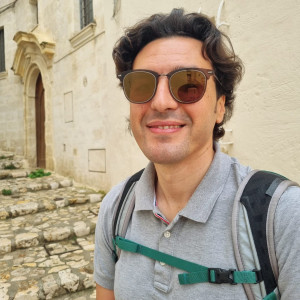
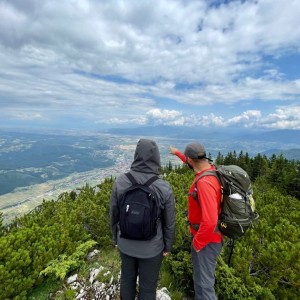


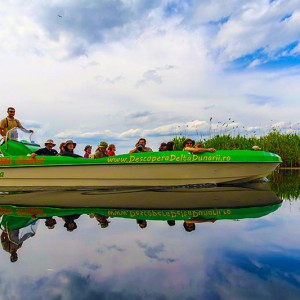

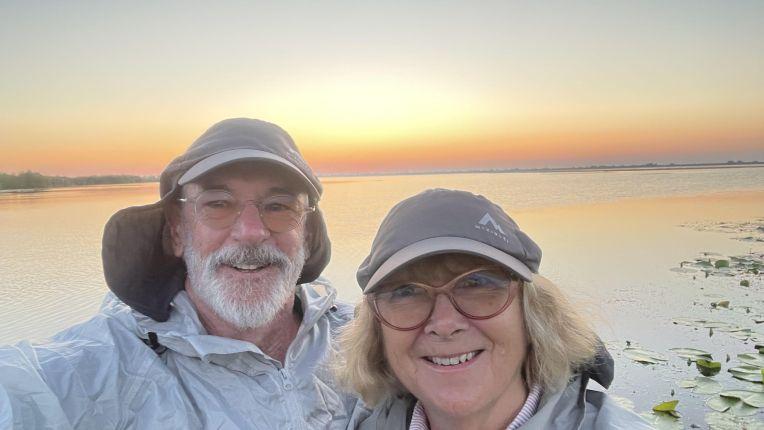
_1-frontend-gallery-image.jpeg)
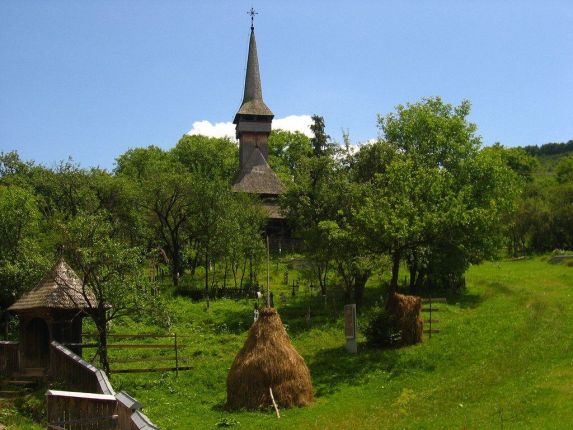
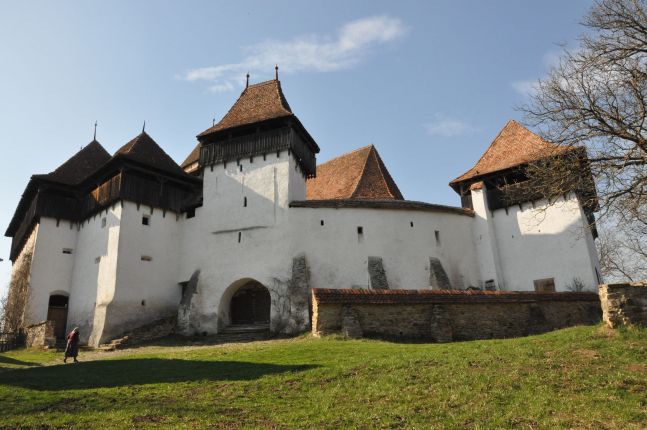
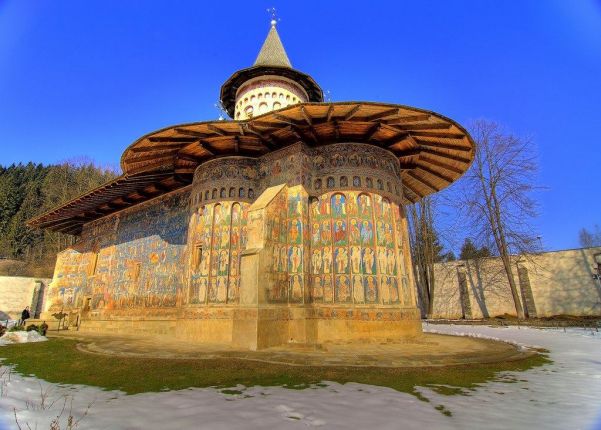
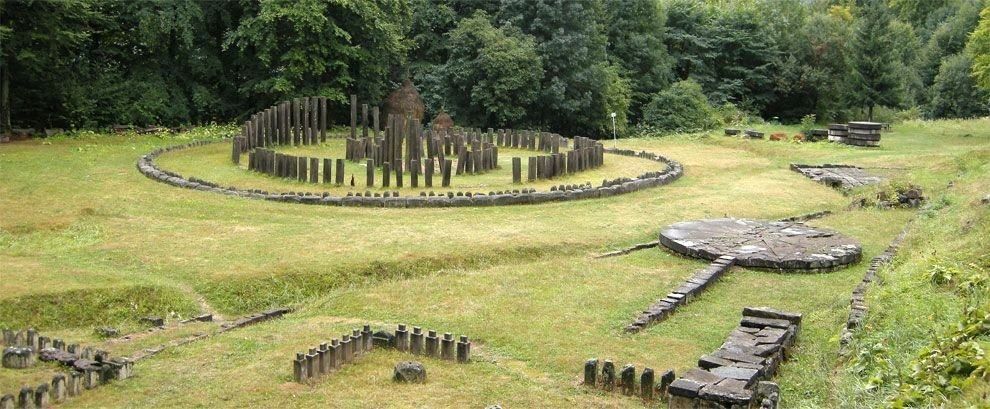
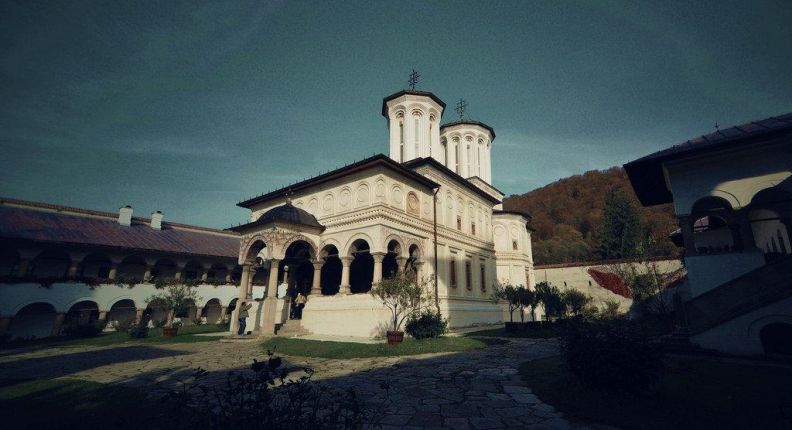
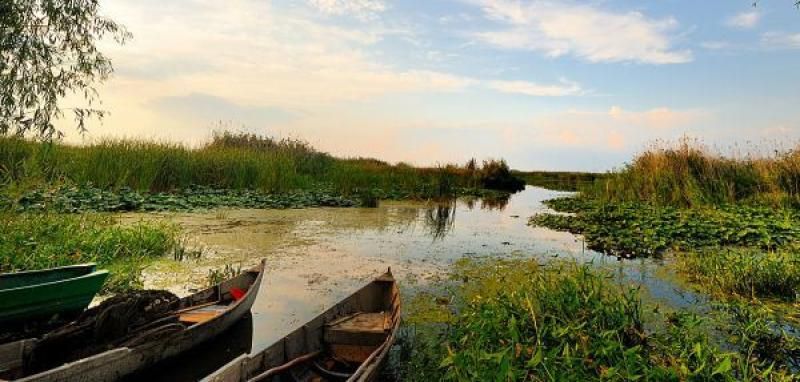
_1-frontend-thumbnail.jpeg)
